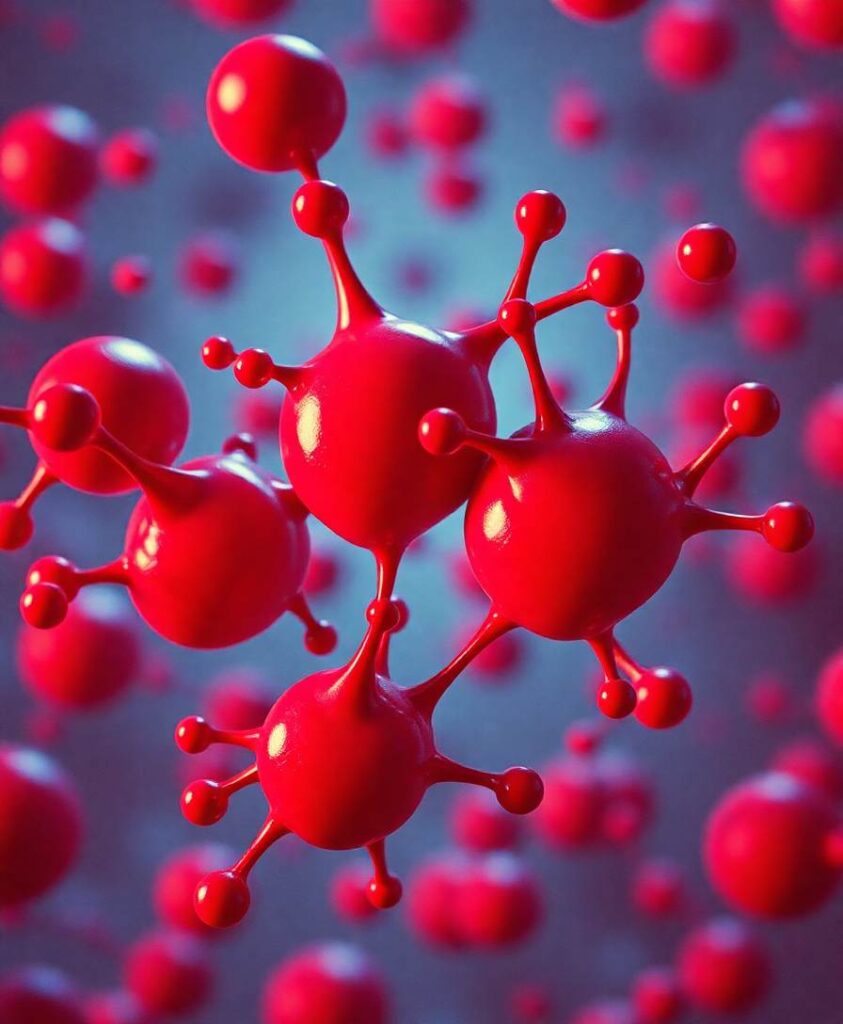The blood–brain barrier (BBB) is the neurovascular structure that regulates the passage of cells and molecules to and from the central nervous system (CNS). Alzheimer’s disease (AD) is a neurodegenerative disorder that is associated with gradual breakdown of the BBB, permitting entry of plasma-derived neurotoxins, inflammatory cells, and microbial pathogens into the CNS. BBB permeability can be visualized directly in AD patients using imaging technologies including dynamic contrast-enhanced and arterial spin labeling magnetic resonance imaging, and recent studies employing these techniques have shown that subtle changes in BBB stability occur prior to deposition of the pathological hallmarks of AD, senile plaques, and neurofibrillary tangles. These studies suggest that BBB disruption may be useful as an early diagnostic marker; however, AD is also accompanied by neuroinflammation, which can complicate these analyses. This review will outline the structural and functional changes to the BBB that occur during AD pathogenesis and highlight current imaging technologies that can detect these subtle changes. Advancing these technologies will improve both the diagnosis and treatment of AD and other neurodegenerative diseases.




